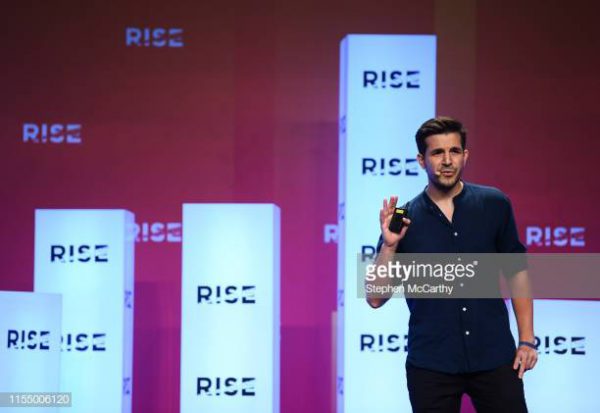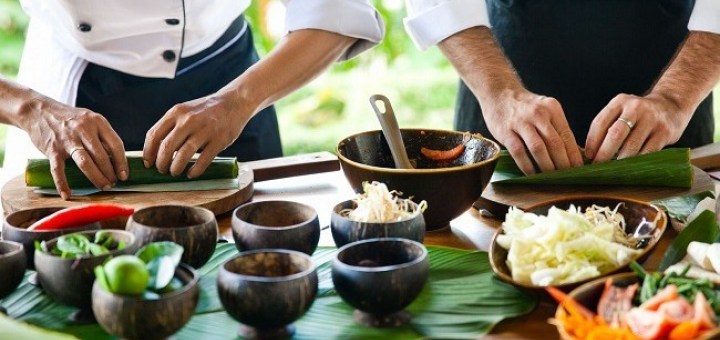Read the original article by Sarah Lazarus on CNN.
Bangkok (CNN) — Lucy Aitchison is thwacking a stalk of lemongrass with the side of a cleaver. A trainee surgeon from Sydney, Australia, she has grabbed the opportunity to attend a cooking class with a Thai chef while in Bangkok for a conference. “I don’t have much time to cook at home,” she says. “I was keen to do this class because you can learn much more from locals than by watching a TV cookery show or reading a cookbook.”

The class started with the teacher, Chef Goong Sreesopon, handing Aitchison and the other participants a wicker basket and taking them to buy ingredients at a market, where the stalls are piled with a rainbow array of fresh fruit and vegetables and the seafood is so fresh, it’s still swimming.
Sreesopon explained how to select the right piece of chicken for a particular dish (yellower skin indicates the meat is relatively tough, but highly-flavored) and choose the freshest eggs (pick the ones with rough-textured shells).
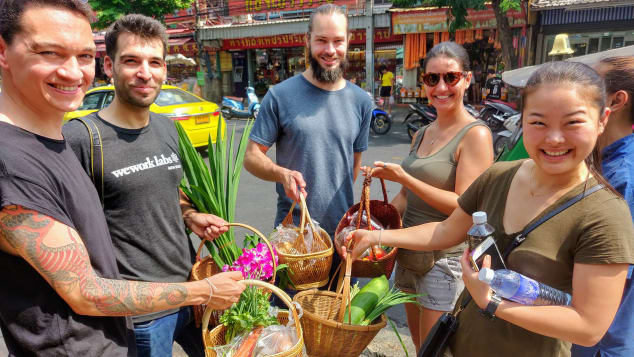
The attendees booked their lesson through Cookly, which calls itself the world’s largest cooking class platform. The company, which offers more than 1,000 classes across 150 destinations in over 30 countries, was established in Bangkok in 2014. CEO Benjamin Ozsanay moved there from Berlin that year. “I was looking for adventure,” he says, “and was attracted by the digital nomad lifestyle.”
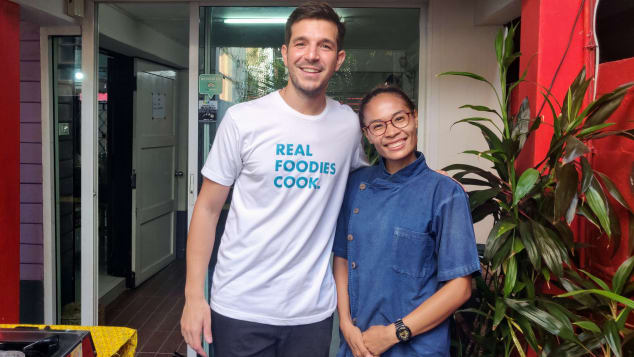
With a French mother and a Turkish father, Ozsanay grew up in a foodie family. The idea for his startup was sparked by a video of British food celebrity Jamie Oliver being taught to cook curry by a well-known chef in Bangkok. “I found out that she offered cooking classes, and tried to book one,” says Ozsanay.
It sounds straightforward — but it wasn’t. “I filled out a form and waited. By the time I received a reply, I had left Bangkok to go traveling. I never got the chance to take the class,” he says.
Ozsanay delved further and realized that the problem was widespread — despite being a popular activity for tourists, most cooking classes functioned offline and travelers could not easily find them. Spotting a gap in the market, he joined forces with a friend, Etienne Marleau-Rancourt, and Cookly was born. It now has 35 members of staff. Ozsanay says that although some big operators, such as Expedia and TripAdvisor, offer cooking classes, Cookly is the only global booking platform dedicated to this activity.
Cooking with gas
On arriving at Sreesopon’s cookery school — a converted house tucked away down a leafy alley in a residential area — the class unpacked the shopping baskets and donned purple aprons.
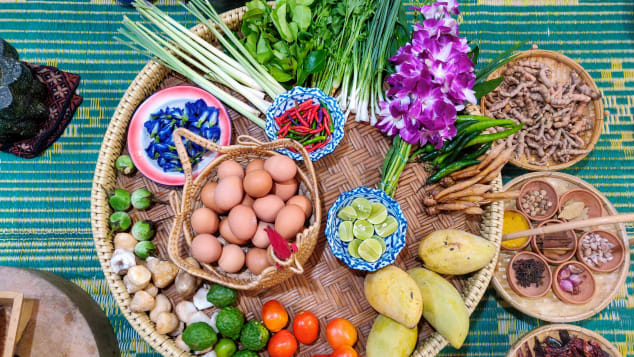
The food is prepared “home-style” with everyone sitting in a circle on the floor.
The first item on the menu is tom yum soup. Sreesopon instructs the group to massage shredded coconut in warm water to make coconut milk, pound tamarind to a paste, bash lemongrass to release its tangy aroma, mash ginger, and chop straw mushrooms, tomatoes, spring onions, coriander and fiery purple bird’s eye chilies. After this they head outside to simmer these ingredients in a row of mini woks along with tofu, shrimp and chicken.
An enthusiastic teacher, Sreesopon’s face lights up when she talks about her job. “The students tell me they love going to the market to buy fresh ingredients. I get them to look after the money and pay for produce so they can learn the local prices.”
After cooking — and eating — the soup, the class whips up a pad thai. Sreesopon explains how the fried noodle dish gets its complex flavors: “We add tamarind for sourness, fish sauce for saltiness, coconut sugar for sweetness and roasted chili powder for spice.” The students also cook Massaman curry — a popular dish from southern Thailand.
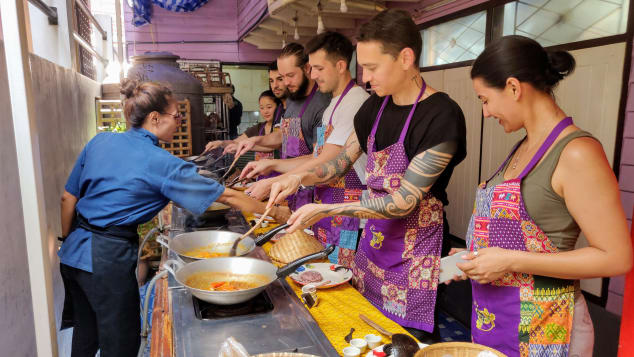
Estonian visitor Janno Ketolainen says this is his first cooking class. “I used to travel just for fun and sightseeing,” he says. “But now, I’m more into learning about the local culture — and I particularly love food.”
He is part of a growing trend.
“The way people travel is changing,” says Ozsanay. “People are keen to try new experiences and to learn something and food is a great way to access a country’s culture.”
Cookly’s platform hosts classes from India to Spain to Mexico. Venues span formal cooking schools to people’s homes, while the teachers range from Japanese sushi masters to an 82-year-old Italian “nonna” (grandmother) who specializes in handmade fresh pasta. Erik Wolf, executive director of the World Food Travel Association, says “for a visitor, local food in a local’s home is the ultimate experience,” adding that “authenticity is the number one experience sought today by food-loving travelers.”
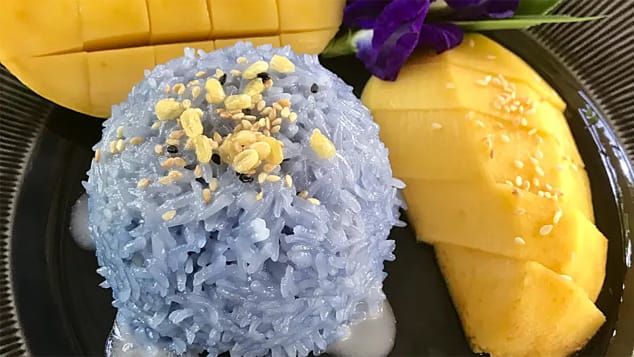
Ozsanay notes a rising interest in niche experiences. Adventurous travelers are cooking with ants’ eggs in Bangkok, while others attend “Pachamanca” classes in the Peruvian Andes, in which food is roasted over hot stones inside a hole in the ground.
Sreesopon’s cooking class wraps up with a dessert of fresh mango served with sticky rice stained a beautiful sky blue with butterfly pea flowers. “I really enjoy seeing how people love the lessons,” she says. “They can take something from our culture back to their home countries.”
Read the original article by Sarah Lazarus on CNN.


